Explore more:
- Small Pets
- Exotic Pets
- Exotic Pet Care
With their playful personalities and charming appearance, degus are popular exotic pets for many owners. However, like other pets, degus are susceptible to injuries that require prompt attention from their caregivers. A common medical condition that degus experience is a tail injury—and often, injuries like broken bones and tail degloving can be caused by humans. Since their furred tails seem like an easy means of picking these small animals up, accidents can happen during handling. Degu tail injuries can also occur while the pets are inside their enclosures or socializing with other degus. When left untreated, some tail injuries can lead to infections. Knowing the signs and care steps for degus with injured tails is a helpful way to keep your degu healthy.
Tail injuries in degus refer to any trauma that affects the animal's tail, which can include broken bones or degloving that may cause infections. Degloving is a common occurrence in which the degu sheds its tail, which is also observed in rodents like gerbils. To learn more about how your degu's fragile tail can become hurt, it's helpful to understand the tail's anatomy and purpose.
Degus have tails about half as long or as long as their body, or 5 to 6 inches in length. They use their tails for balance and as a means of communicating to other degus. The entire length of a healthy degu tail is furred, and the end of the tail appears similar to a paintbrush (leading some people to refer to them as trumpet-tailed rats). Under the fur are layers of skin, nerves, muscle, and vertebrae that enable the degu to beat, wag, and balance with its tail. Because it includes multiple types of delicate tissue, it's not uncommon for your degu's tail to become injured.
Tail injuries are typically visible to owners, especially in cases of degloving. The following symptoms can occur:
Most symptoms are associated with degloved tails, but degus can also experience lesions from minor injuries. If your degu is handled improperly or experiences other trauma, the animal may shed its tail. This can be an alarming sight for owners, as the tail will bleed, bones may be obviously broken, and the degu's tail skin will slip off. As it heals, the tail will eventually detach completely. This may include the tip or a larger portion of the tail.
In other cases, your degu's tail may have less severe injuries that lead to lesions. Exposed skin from degloving and lesions can cause infection if not cared for properly, which typically presents with symptoms like discharge, swelling, or an unusual odor. Veterinary attention should be sought quickly to begin treatments with medication if any signs of infection are present.
Degus may become injured by their owners, objects in their cages, or by other degus in multi-pet enclosures. The following causes can lead to health problems associated with your degu's tail:
Most injuries to a degu's tail can be observed by its owners. If your degu's tail has degloved or you suspect that a minor injury has occurred, it's best to consult your veterinarian. Your exotics vet can diagnose injuries that may lead to infection through a physical examination and provide proper treatment options.
If your degu has received a degloving injury to the end of its tail, it is very important to clean it with water if possible. These injuries typically bleed, and when the skin is lost, the wound should be sutured by a veterinarian. Some veterinarians recommend sutures if the bleeding hasn't stopped after 15 to 20 minutes.
If the bleeding stops on its own or after applying a styptic powder, cornstarch, or flour to aid in clotting, then it will dry out after a couple of days. Once the tail end has dried out, your degu will usually chew the end of its tail off. The owner should monitor the tail for any discharge, smell, or swelling that could indicate an infection. This is also important if your degu experiences lethargy or a loss of appetite.
If you are unsure whether your degu's tail is healing, have your exotics veterinarian examine it to determine whether or not antibiotics are needed. Degus can be sensitive to some medications commonly used for humans and other animals, so any medicine administered to your degu should be prescribed by your veterinarian.
In cases of degloving, most degus can recover fully on their own or with treatments by a veterinarian to suture their wounds and prevent infection. Any indicators of infection should be promptly treated after an examination by your exotics veterinarian. Like other types of infection, those caused by tail injuries or degloving of the tail can lead to serious health issues when left untreated.
Even with proper care, accidents can still happen. However, owners can take a few preventative steps to help their degus avoid injuries to the tail:
Owners can significantly lessen the risk of their degus experiencing tail injuries by never picking these animals up by their tails. It's also important to prevent enclosure hazards by never placing wire exercise wheels in a degu's cage, carefully avoiding the animal's tail when closing cage doors, and setting down degu houses or food and water bowls with care. Always be aware of where your degu's tail is when handling the animal or moving items inside its enclosure.
Observe your degu's normal behavior and appearance to be proactive when it's acting abnormally. Degus should have clear eyes, glossy fur, and clean bodies and tails. Look out for any signs of infection, even if your degu's tail does not appear to be injured. Small cuts and scrapes may occur from objects inside your pet's cage, and all injuries should be monitored by owners (and veterinarians, as necessary).
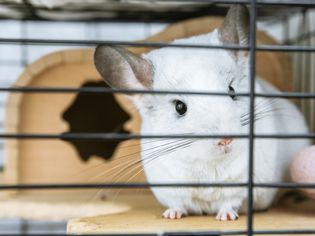
Chinchillas are rodents that are originally from the Andes mountains in South America. They are tol...
Read More →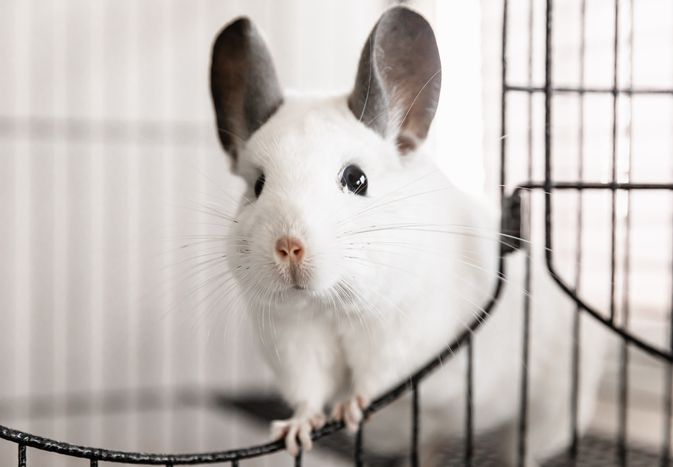
Chinchillas are small rodents native to rocky, arid regions in South America. They are typically ac...
Read More →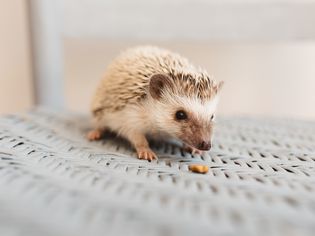
You probably know your hedgehog has teeth—how else would he crunch his little cereal-like insecti...
Read More →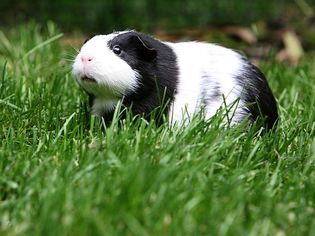
Heatstroke seems like an unlikely affliction for Guinea pigs, which are native to South America and...
Read More →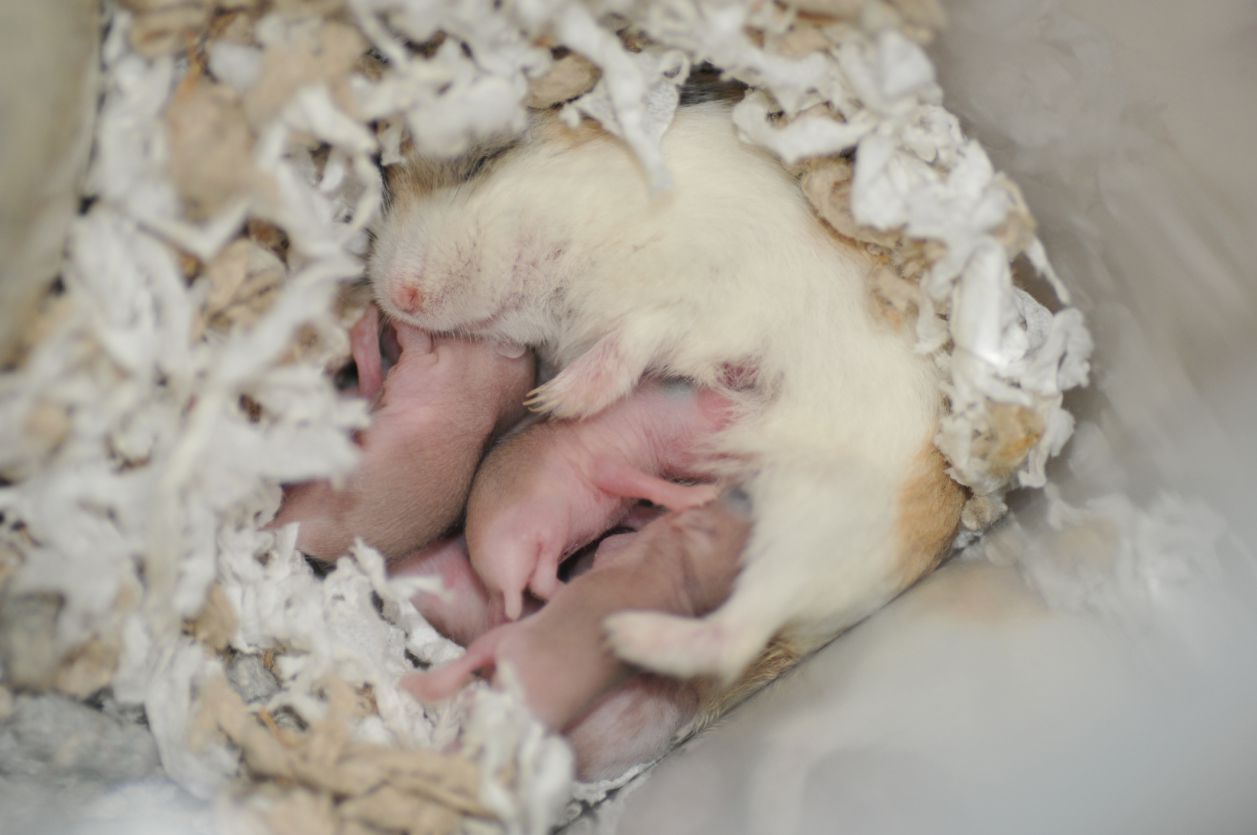
A baby hamster surprise birth isn’t uncommon with hamsters since they are often incorrectly sexed...
Read More →
Rabbits make great pets but, like any living creature, they require certain conditions to be happy ...
Read More →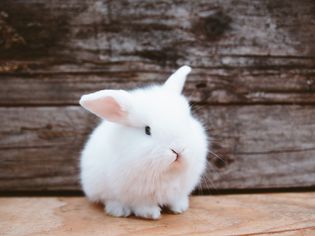
Pet rabbits have bigger personalities than most people give them credit for. People who have never ...
Read More →
Capuchin monkeys are energetic animals that require enrichment and an active lifestyle—often, whe...
Read More →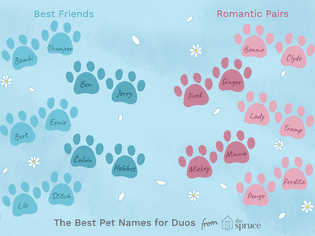
Many people adopt pairs of kittens and puppies with the idea that multiple pets will keep one anoth...
Read More →
Comments on "Tail Injuries in Degus" :